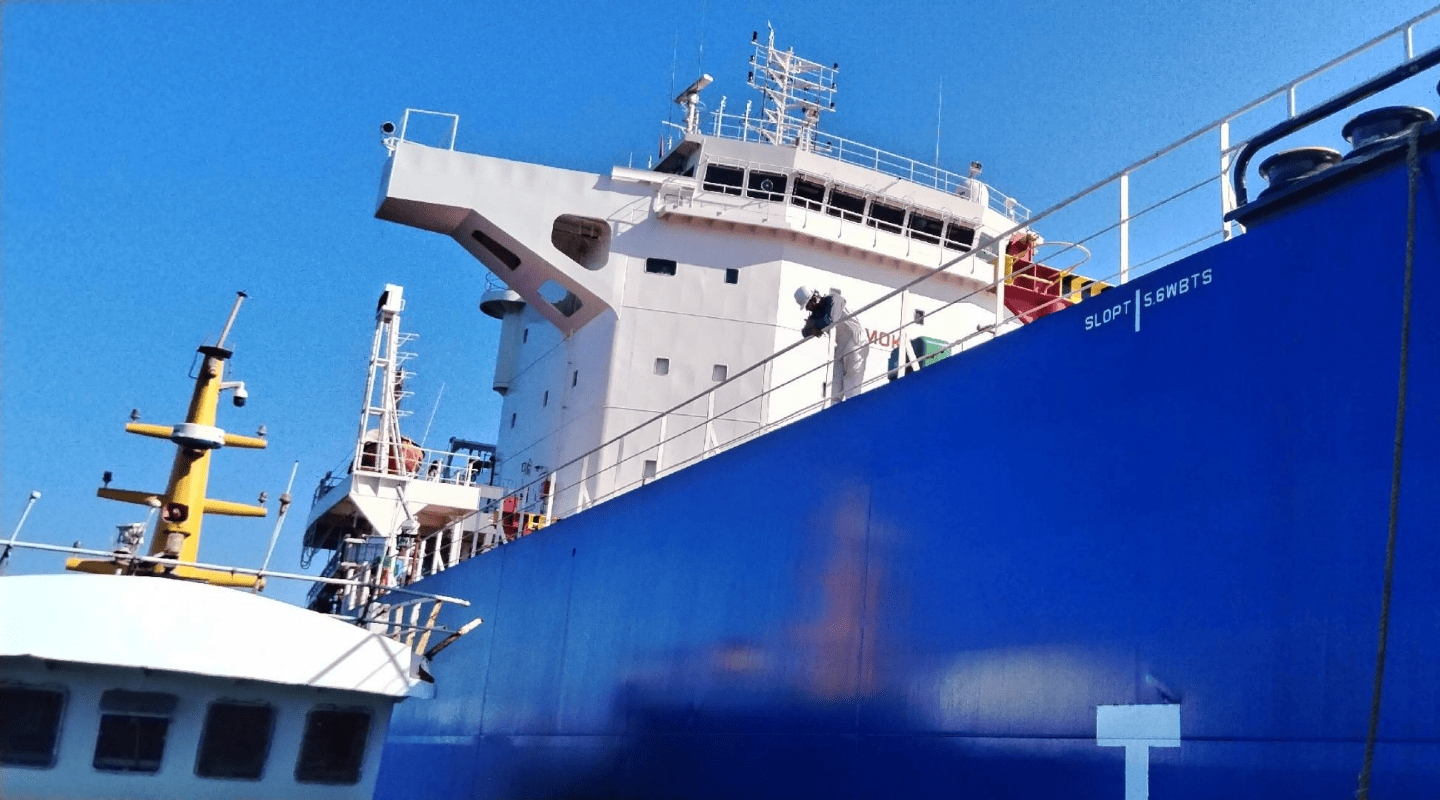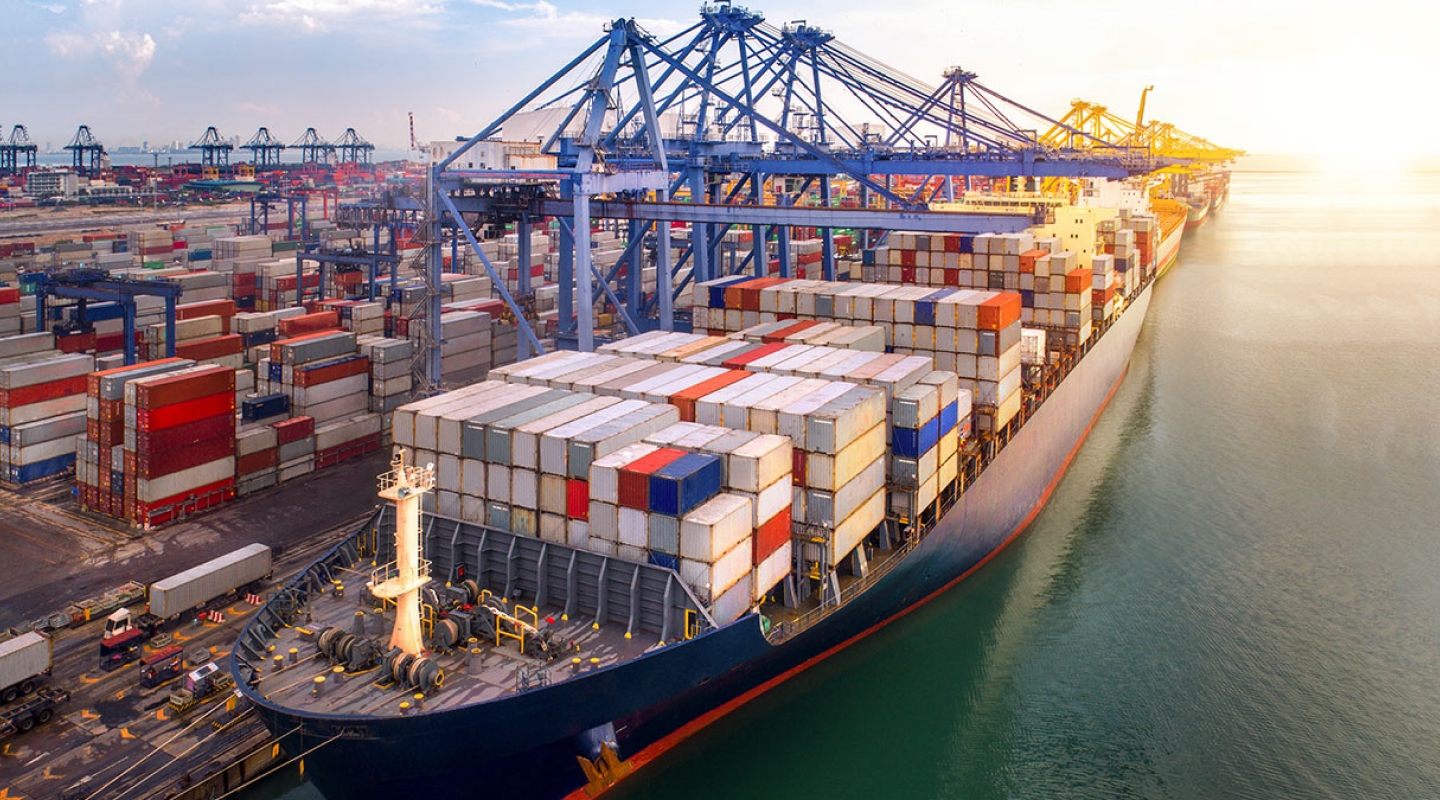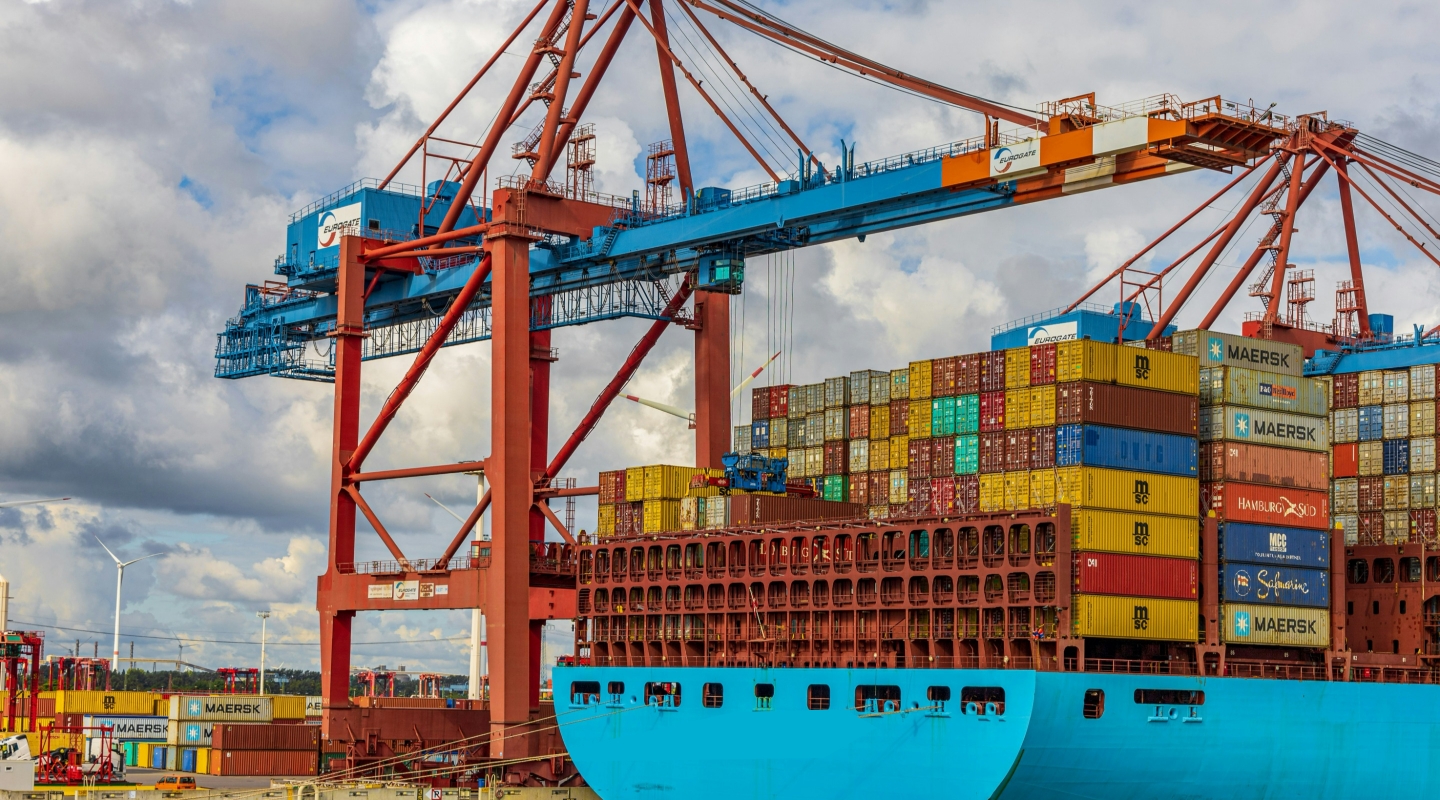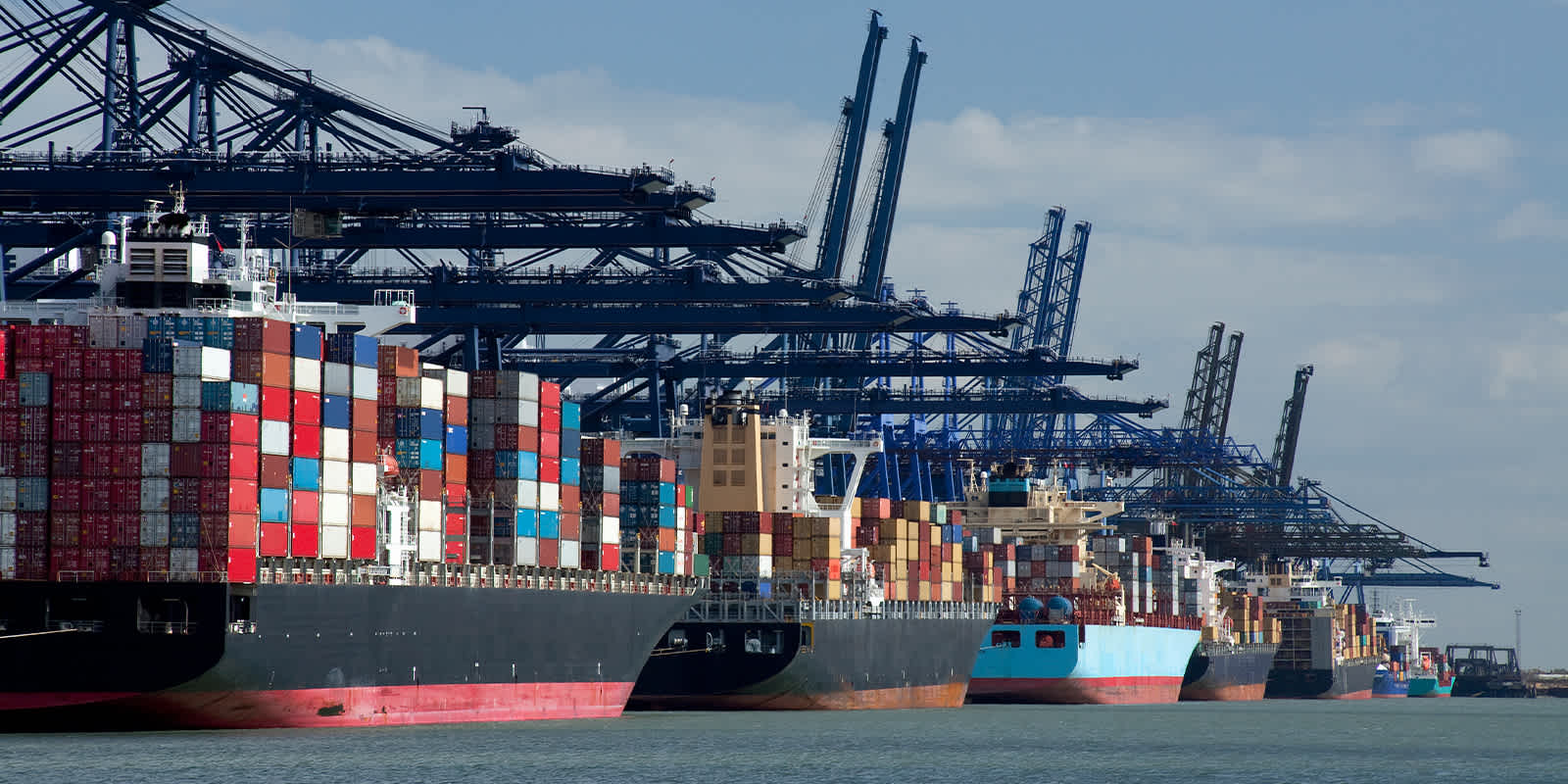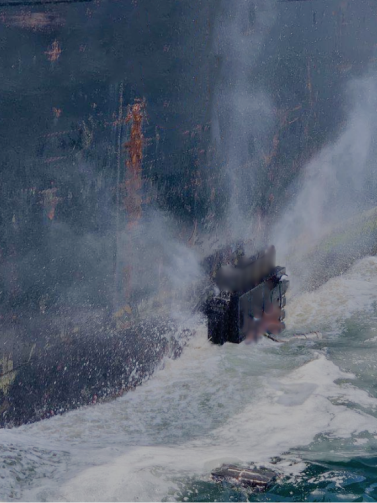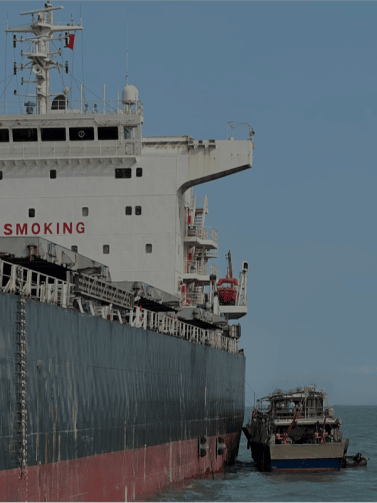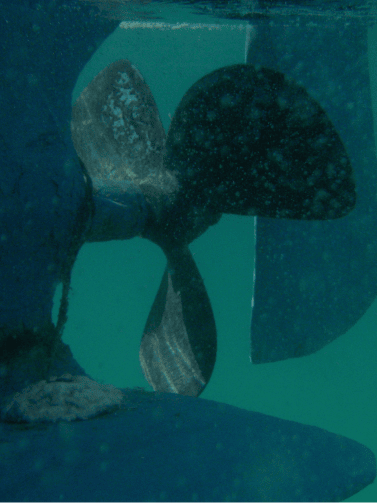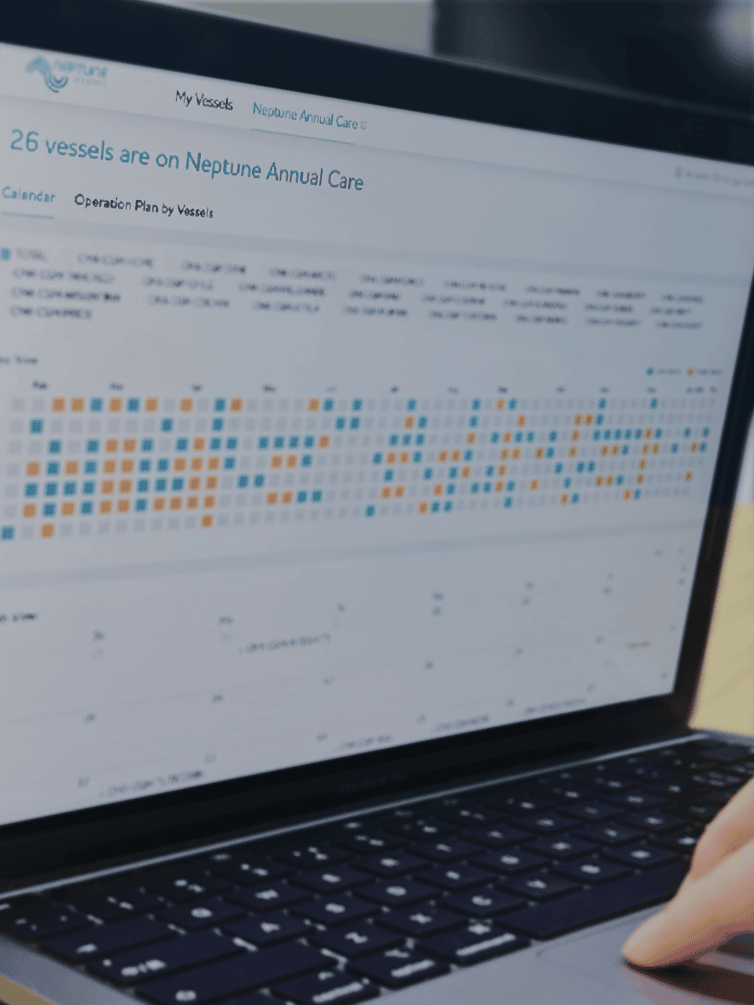Amidst the mounting pressure to decarbonize, alternative maritime fuels are gaining popularity, posing significant operational obstacles for shipping companies due to their prices, typically 2 to 5 times higher than traditional fuels. For example, transportation costs from Asia to Europe could double from the current $1,000 per container to $2,000, and transitioning to biofuels could double costs further. Additionally, the supply-demand imbalance of bio-methane is expected to further drive up prices, with annual fuel costs for a trans-Pacific vessel projected to increase by $18-27 million by 2030.
However, the trajectory of low-carbon maritime fuel development remains uncertain, presenting a challenge for shipping enterprises awaiting sustainable solutions. In this context, strategic investments in improving fuel efficiency have shown promising results. Insights from the #Maersk Zero Carbon Shipping Center suggest that these investments could result in savings up to ten times compared to expenditures on alternative fuels.
Successful cases within the industry, such as #Odfjell, demonstrate the economic feasibility of proactive hull cleaning and other vessel maintenance strategies. By implementing routine hull cleaning measures, Odfjell achieved its decarbonization goals seven years ahead of schedule. #IMO technical analyst @他 Minglee Hoe believes that these operational measures are relatively simple and can be implemented without additional technological or infrastructural investments, showcasing their scalability and effectiveness in reducing carbon emissions.
Underwater robotic hull cleaning services have emerged as a critical pathway for the shipping industry to achieve decarbonization goals. These services maximize fuel efficiency, reduce greenhouse gas emissions, and prevent the spread of invasive species.
In conclusion, addressing fuel cost challenges in the shipping industry requires strategic initiatives, with a focus on investing in hull cleaning measures to improve fuel efficiency. These measures not only help reduce operational costs but also align with sustainability goals, garnering support from stakeholders across the industry.
For shipping companies seeking to reduce fleet carbon emissions and fuel consumption, Neptune offers comprehensive robot underwater hull cleaning services covering 55 ports, facilitating the transition to cleaner shipping practices.
